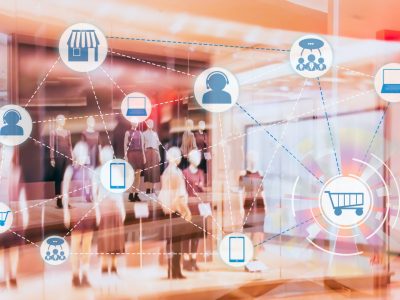Data is foundational to understanding what the consumer desires, what products will stay on trend, and what new formats are needed. In-store services are key to drawing the consumer within the traditional four walls. Yet, the experience needs to be inspirational for the consumer to take the time to enter the store. It’s a value/time decision for the consumer. See more Data Management here.
Whether your role is with a Retailer or Manufacturer, new technology and product availability has transformed consumer buying behavior. Consumer expectations have changed the way we plan, source, manage, and innovate our business. With digital devices in hand consumers have access to more data and buying options than ever before. Today’s consumer desires quality, availability, transparency, healthy, sustainable, convenient and local—Not to mention personalized, affordable, and. received quickly.
To meet consumer demand many retailers are now offering click and collect curbside pick-up to capture sales. Yet, there are consequences to incremental sales, increased labor costs, etc. when the consumer doesn’t enter the store. Retailers and manufacturers need to partner on assortment, placement, pricing, promotions, customer experience, profitability and formats for online, in-store, and DTC options.
Retailers and manufacturers can utilize data, advanced analytics, new technologies, and innovation to maximize effectives with the consumers and maximize store productivity.
Many shoppers are fulfilling their needs as they occur which is changing market basket habits. Customer experience strategy is key to knowing when, how, and what consumer offer to send. Machine learning technology can recommend offer timing based on consumer knowledge.
Retailers, manufacturers, and vendors will need to stretch beyond traditional data and better understand what services the consumer desires and start co-locating these “benefits” within the store. Cooking classes, online pick-up, urgent care, and other non-traditional “white glove” services will bring consumers into the store.
Customer Experience – Is ultimately how the customer feels about your brand.
Everything starts and ends with the consumer.
The best way to define customer experience is the impression you leave with your customer through every stage of the customer journey and resulting in how they think of your brand.
To create a great consumer experience, organizations need to: understand the consumer personas so the organization can fulfill the consumer needs or solve their challenges, build positive interactions and relationships with consumers, request and act on feedback, create content for transparency, sustainability, and education, and build opportunities for the consumer to connect with you, your brands, and your brand community.
Building a great consumer experience is inherently complex and begins with organizational leadership support and commitment. It is a transformation led with strategic intent, aligned omni-channel business models, and is technologically and process enabled. As with all transformations, it is critical to engage the people, process, and systems aspects in parallel.
Customer Experience Management is the process that an organization uses to manage all interactions with a customer during the brand/consumer relationship. This includes tracking a consumer’s cross-channel activity. The goal is to understand the thresholds for consumer decision making and action that ultimately results in a positive decision for your brand.
All organizational capabilities need to be holistically grounded and consumer centric.
Technology Plays a Key Role in Customer-Centric Marketing
In past years, traditional marketing, including print and broadcasting, provided organizations with the ability to reach a large audience. With a focus on the product, organizations marketed on a broad scale to reach as many consumers as possible.
In recent years, with the rapid growth in technology and digitalization and, the introduction of more channels and interaction models, the focus has moved away from product-focused to brand awareness and, problem-solving. Customer centric organizations are now developing data-driven marketing campaigns, using customer data to optimize performance and, enable more accurate predictions about customer behavior. Organizations use this data for more precise targeting, and an improved return on investment.
Customer – Centric Organizations:
- Create a positive experience for the customer by building relationships and maximizing service and/or product offerings
- Influence the consumer experience at every touchpoint
- Build brand advocacy by dedicating significant resources to post purchase activities
- Listen to their customers, to learn about their needs and desires
- Demonstrate their commitment to the customer, from the top-down. All departments are focused on the customer experience and, committed to providing a consistently outstanding experience
- Use Data to:
- Better understand their customer base
- Build marketing campaigns
- Segment their customer base
- Identify the best customers for their products and services
- Make data-driven decisions based on customer insights
Free Download!
Fill out the form below to download a presentation on how Henkel is making a move to modern marketing by leveraging storytelling, digital, data and technology to build customer relationships throughout the path to purchase.

